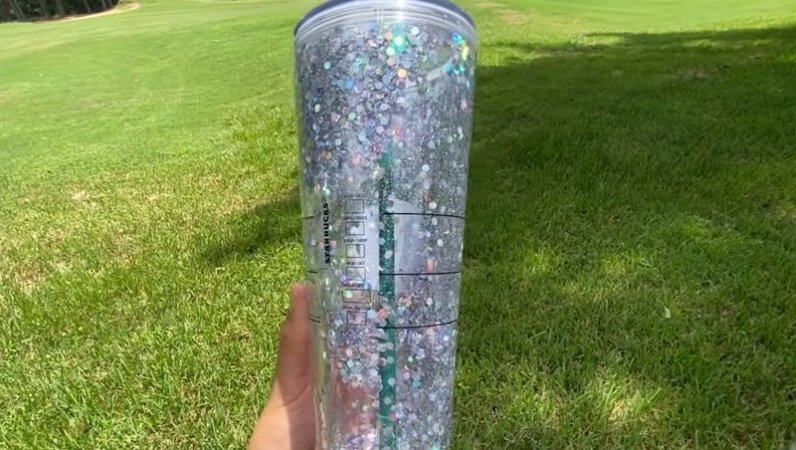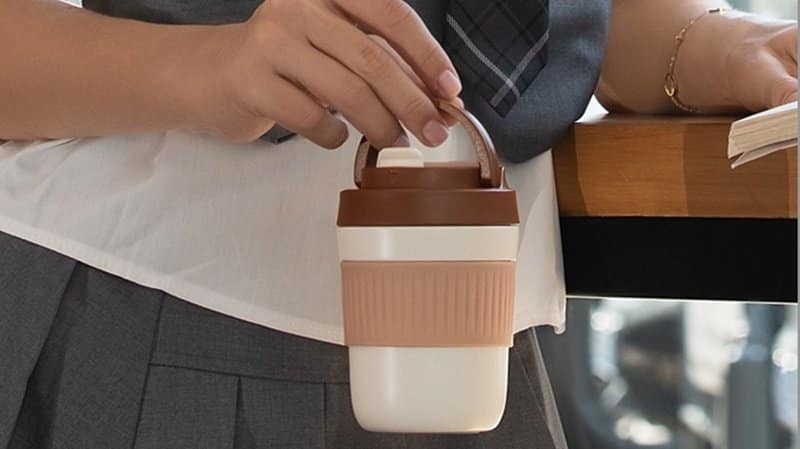Can You Put Hot Water In A Plastic Bottle? Why not?
This article will explain in detail whether you can put hot water in plastic and drink hot water from plastic bottles.
Last Updated on March 11, 2024 by Tina ShaoYou can put cold water in a plastic bottle, but I’ve never tried it with hot water. Can you put hot water in a plastic bottle?
The short answer is: no, you shouldn’t.
Because plastic bottles contain the chemical polyethylene, they will dissolve and decompose toxins if exposed to hot water for a long time. These harmful substances are harmful to the human body.
Why can’t you put hot water in a plastic bottle?
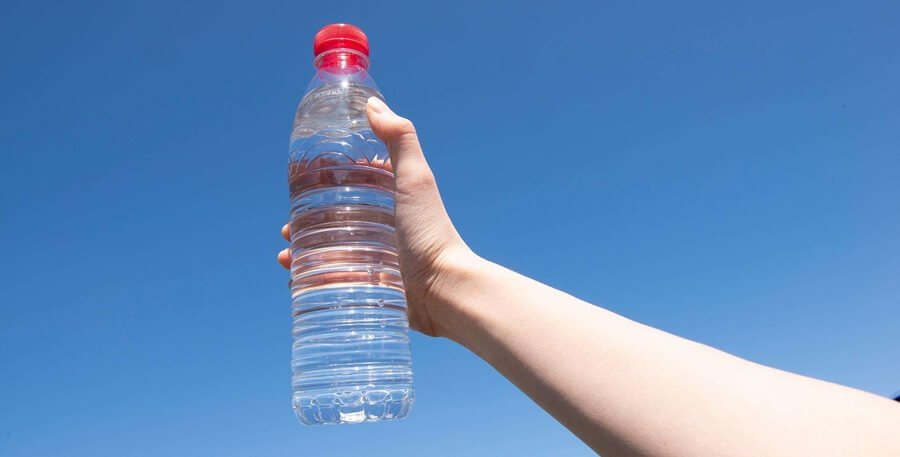
You’ve probably heard the warning that you shouldn’t put hot water in a plastic bottle. But why? Here are some reasons:
- Plastic bottles are made from polyethylene terephthalate (PET). When a plastic bottle is heated, the material releases bisphenol and antimony (also known as BPA), which can harm your health.
- A research team led by University of Florida soil and water science professor Lena Ma studied 16 different water brands after being kept at 158 degrees Fahrenheit for four weeks. They found that all 16 bottles leached chemicals into the water inside them, with some bottles yielding up to eight times more BPA than others.
- The plastic bottles are not designed to withstand high temperatures. When the water heats and expands, pressure builds up inside the bottle. If you are trying to get hot water into a plastic bottle, it will be forced out through any tiny opening available.
- In addition, the heat from boiling liquid can damage the plastic itself over time; eventually, all of these factors will weaken the integrity of your container so much that it might burst open when filled with cold liquid later on!
How Do BPA and Antimony Affect the Human Body?
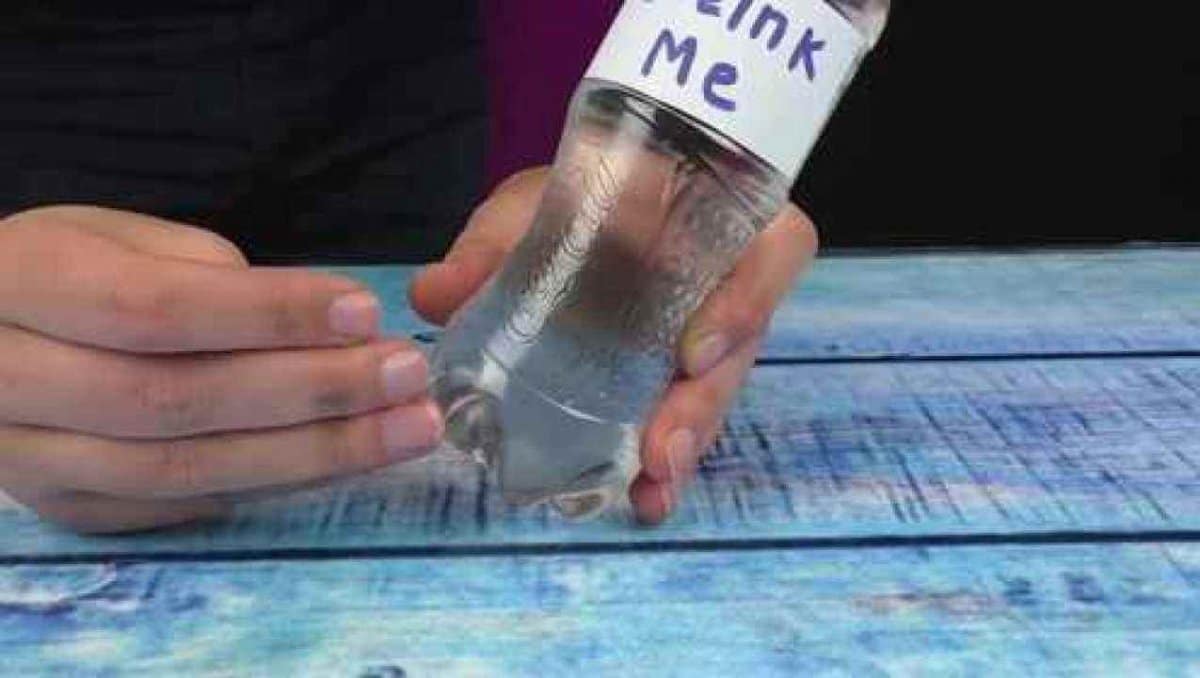
To start, let’s take a look at bisphenol-A (BPA).
BPA is a chemical used in plastic bottles and other plastic products. In addition to being linked to reproductive, immunity, and neurological problems, it has been associated with an increased likelihood of developing Alzheimer’s disease, metabolic disease (obesity), childhood asthma, and cardiovascular disease. Research also suggests BPA can negatively affect children’s behavior.
Antimony (Sb) is another heavy metal in your water bottle’s lining; it helps prevent bacteria growth and leaches into your drink when exposed to heat or acidity.
While our bodies are constantly exposed to antimony at low levels through various sources like cigarette smoke and food packaging materials—short-term exposure by inhalation results in effects on the eyes and skin, otherwise known as “antimony keratoses” which are small bumps on eyelids caused by rubbing them too much while sleeping!
Side effects of drinking water in plastic bottles
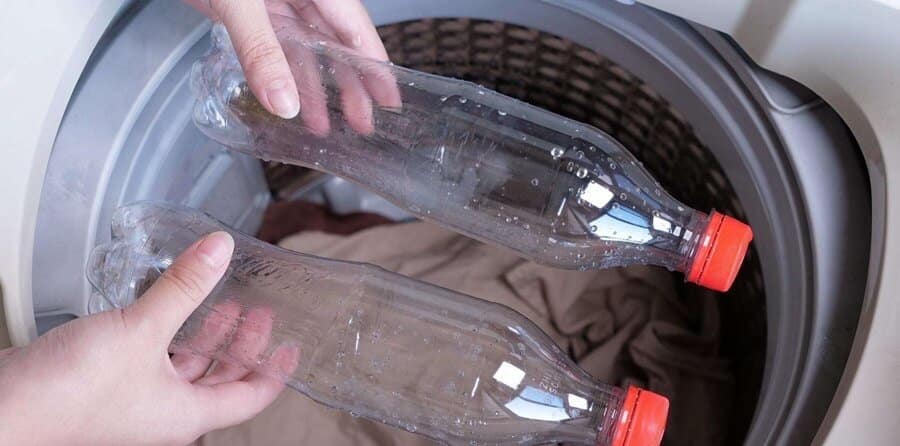
You may think you’re doing your body a favor by filling up a plastic water bottle, but it’s not as healthy as you think. There are a few reasons why:
- Toxins Found In Plastic Water Bottles are harmful to your health. For example, BPA is one of the most common chemicals in plastics and has been linked to heart disease.
- You Might Be Drinking Microplastics In Bottled Water. Microplastic refers to small particles of plastic less than 5 millimeters (0.2 inches) in diameter that are often ingested by marine wildlife and humans upon entering our bodies by ingestion or inhalation from the air we breathe.
- Disposable water bottles are damaging the environment. It’s estimated that Americans consume an average of 50 billion single-use plastic water bottles yearly. Most of these end up in landfills or waterways, which can take up to 450 years to decompose!
- Plastic Water Bottles Are Killing Marine Wildlife. According to research by the National Oceanic and Atmospheric Administration (NOAA), over 100,000 marine animals die each year due to ingestion or entanglement in plastic debris—a higher number than any other creature on Earth.
- Drinking from plastic water bottles can lead to weight gain. The polyethylene terephthalate (PET) used in disposable water bottles may leach BPA and other chemicals into the water, accumulating in your body fat.
If you’re looking for an eco-friendly alternative to getting your daily H20 fix on the go, consider investing in a reusable stainless steel bottle instead!
What happens when you put hot water in a plastic bottle?
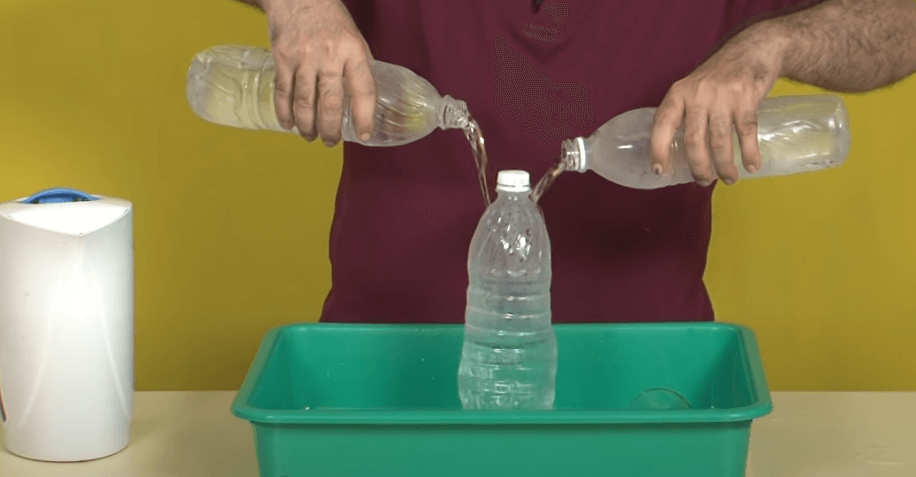
It depends on the type of plastic and how much hot water you put in
Most types of plastic are not heat-resistant, so if you put hot water in them, they’ll most likely melt. Some types of plastic will deform or shrink when heated. Other bottles may warp and become unusable.
If the bottle does soften, it’s important to remember that hot liquids can leach chemicals from your bottle into your drink—including BPA (bisphenol A) and antimony, which have been linked to human health problems, including cancerous tumors and reproductive complications, respectively.
The best way to avoid this is by using glass bottles instead of plastic ones whenever possible. If you must use a plastic container, try pre-heating any liquids beforehand, so they’re less likely to release harmful chemicals onto whatever surface they sit on afterward!
Can you put hot water in BPA free plastic bottle?
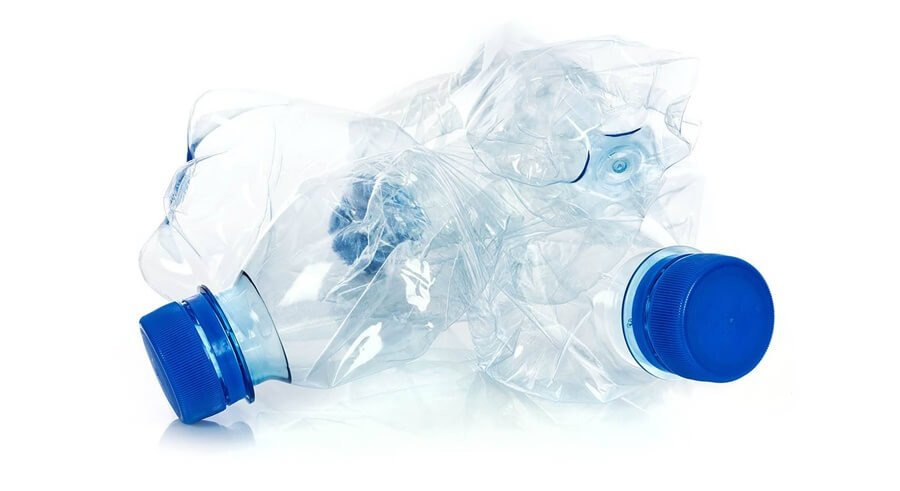
Yes, you can if you want, but it’s not safe.
Some bottles are made of BPA-free plastic and, therefore, safe to use with hot water. However, although the bottle is BPA-free, it may still contain other harmful chemicals that can leach into your drink in small concentrations.
Hot water is a lot more problematic for plastics than it is for high-grade silicone and steel.
You should not put hot drinks in plastic bottles because the heat will cause the chemical coating on your bottle to break down and leach into your beverage, creating all sorts of disagreeable flavors in your coffee or tea!
Can you put boiling water in a plastic measuring cup?
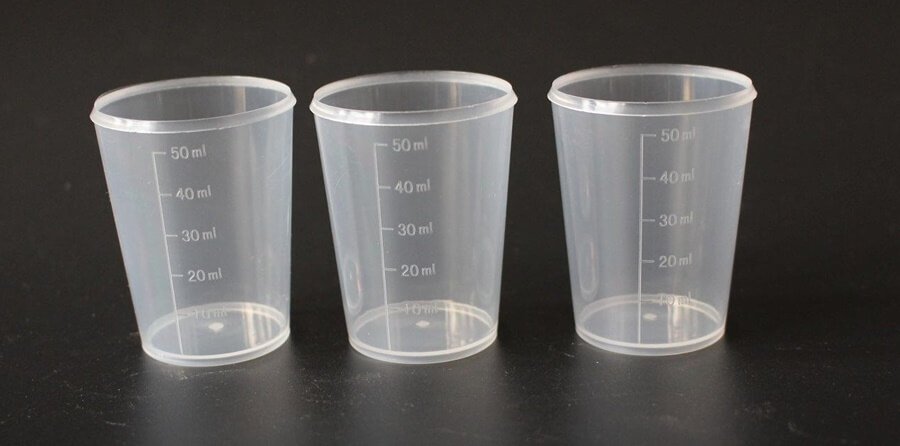
You can pour boiling water into a plastic measuring cup. This is because the plastic used to make measuring cups is specially formulated to withstand temperatures up to the boiling point of water, which is 212°F (100°C).
However, you should be aware that there are exceptions to this rule: the temperature of boiling water is 212°F, and certain oils have a much higher boiling point. If you pour hot oil into a plastic container, even if it’s labeled as microwave-safe, this could cause the oil to melt the container—and possibly cause burns.
To avoid ruining your measurement tools, ensure that you only use them for liquids that don’t exceed their specified temperature range (usually room temperature).
Also, remember that most plastics aren’t designed to hold hot liquids—if heated beyond their max-temp threshold, they may become brittle or crack!
Can you put hot coffee in a plastic water bottle?
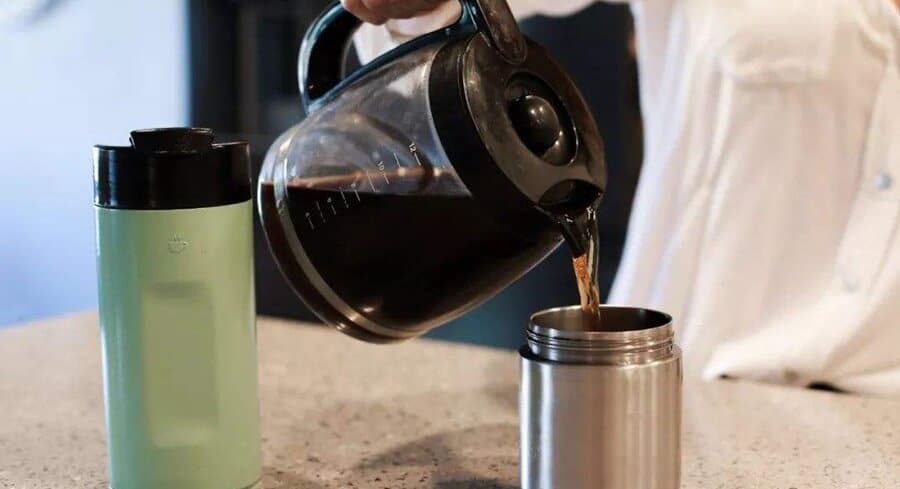
Under no circumstance should you make it. You drink a hot beverage out of a plastic water bottle.
Due to their composition and construction, plastic bottles are not designed for hot liquids. When exposed to heat, they can leach chemicals into the water and increase the leaching rate at higher temperatures.
The safest materials to use when drinking hot beverages are ceramic or stainless steel water bottles because they do not trap heat like plastic, so there is less chance of chemical exposure during the heating or cooling processes.
Does drinking water from plastic bottles cause cancer?
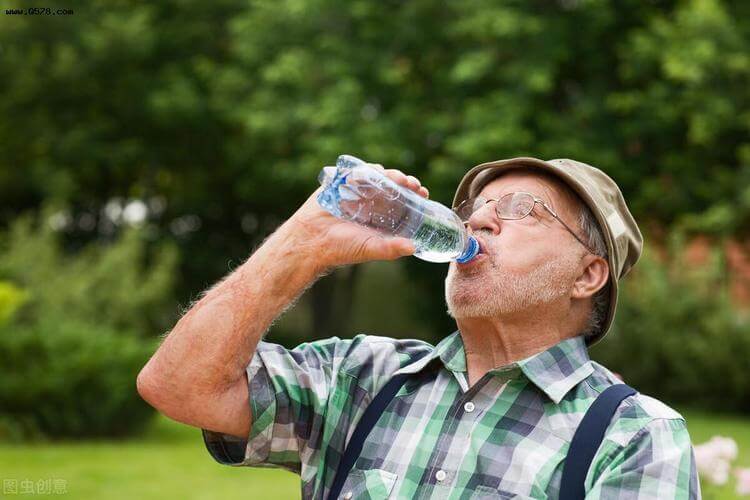
There is no good scientific evidence to support these claims.
To answer this question, we must first know what chemicals are causing the concern. The main chemical that people are worried about is dioxins. Dioxins are a type of chemical called persistent organic pollutants (POPs). These chemicals build up in our bodies over time and can cause cancer, congenital disabilities, and other health problems.
Plastic bottles are made of polyethylene terephthalate (PET), a type of plastic used to make plastic bottles. Some people said that heating, freezing, or reusing plastic water bottles releases chemicals from the plastics that could cause cancer, including dioxins. However, the plastic in water bottles contains no dioxins at all!
What Plastic bottle numbers need to be avoided?
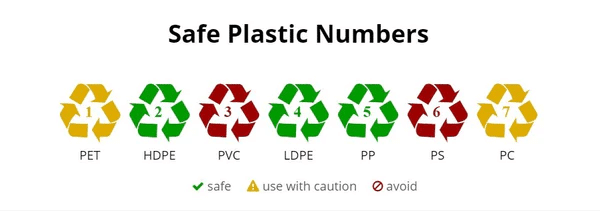
The good news is that some plastics are generally considered safer than others. These include #2 HDPE (high-density polyethylene), #4 LDPE (low-density polyethylene), and #5 PP (Polypropylene). They’re usually marked with codes 2, 4, or 5 on the bottom of their containers.
Plastic numbers 1, 3, 6, and 7 should be avoided altogether because they contain either BPA or phthalates, known endocrine disrupters linked with cancerous tumors in humans and animals.
However, it’s important to note that these numbers do not indicate that you can fearlessly use safer plastic—all plastics can leach toxic chemicals when heated or damaged. And even if your bottle is made of one of these safer plastics (which we’ll discuss below), there’s always the possibility that something in your drink could damage the bottle and make it unsafe.
FAQs About How To Make A Snow Globe Tumbler
Can you put hot tea in a plastic water bottle?
No, you can’t. Plastic bottles are not meant for hot liquids. When you leave a plastic bottle in a hot environment, the heat will cause the bottle to melt or warp, leaving it unusable.
Plastic bottles need to be kept at room temperature, so they don’t break from being exposed to higher temperatures than what they were made for.
Which plastic is safe for boiling water?
Plastics #5 Polypropylene (PP) is the safest of all plastics because it’s the most heat resistant and unlikely to leach chemicals into your food or drink.
PP is also highly resistant to tears and punctures, making it great for storing items like pasta and rice that tend to be heavy enough to dent or poke holes through thinner plastic containers.
So if you’re looking for something that can withstand high temperatures without melting, breaking, or leaking harmful substances into whatever substance you’re putting inside it—like hot water—then Polypropylene should be right up your alley!
At what temperature does plastic leach into the water?
Plastic bottles of PET plastics (polyethylene terephthalate) can leach the compound antimony. The rate at which this occurs is low at a storage temperature of 25°C and higher. Antimony release can occur rapidly at temperatures between 50°C and 70°C.
Is it safe to reuse plastic bottles for drinking water?
Health advocates advise against reusing bottles made from plastic #1 (polyethylene terephthalate, also known as PET or PETE) because they may leach chemicals into your water. This includes most disposable water, soda, and juice bottles.
While these containers are safe for one-time use, their use should be avoided if you intend to reuse them. One study found that the bisphenol A (BPA) levels in water stored in a reused polycarbonate bottle increased over time.
Conclusion
Now you know all about the dangers of BPA and Antimony and how they affect our health. You should also know that there are many different types of plastic, and not all of them are safe for drinking water. If you want to ensure your plastic bottle is safe for drinking water, look for these numbers: 1, 2, 4, or 5.


